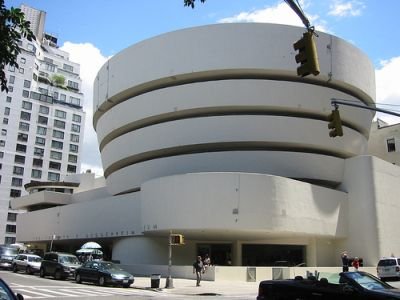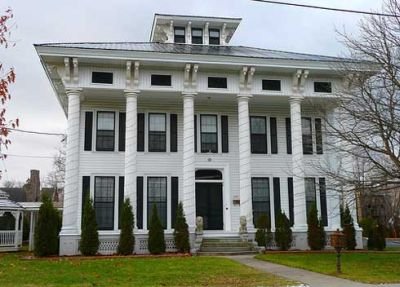Our present set of ideas as to what constitutes a garden has long roots back into history. As far as we know gardening started quite independently in two different places – Egypt and China.
Egyptian gardens were based on irrigated small land holdings in the desert and Chinese Gardens were based on Imperial Hunting Parks. These two sources started two diametrically opposite traditions that can be termed as formal and informal; the straight edge and the flowing; the architectonic and the naturalistic.



